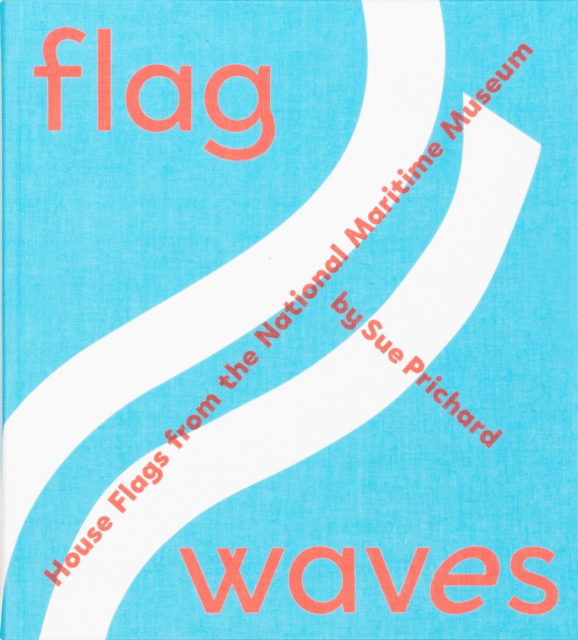Artistic appraisal of iconic nautical images
Flag Waves, by Sue Pritchard
Aimed at arts and crafts aficionados, Flag Waves is the first book to present the extensive collection of house flags held by the UK National Maritime Museum in Greenwich. Written and compiled by Sue Pritchard, a senior curator at the museum, this handsome cloth-bound book makes a fine addition to the library of anyone who would like to combine their interest in seafaring with a craft hobby.
Until recent times, flags were an essential part of maritime communication, used to aid identification of a vessel's nationality and deliver detailed messages using geometric shapes ('England expects every man to do his duty').
House flags, however, were those used to indicate the ownership of a vessel. Mainly produced from the mid-19th to mid-20th century, they were traditionally not flown at sea but rather on entering or leaving port, or during a stay, as they allowed owners to easily spot their vessels in a busy harbour.
So, what makes these particular flags interesting? From an artistic point of view, Pritchard explains in her introduction that while maritime corporate identity might seem an unlikely source of striking designs, 'the visual language of flags – mostly consisting of a seemingly never-ending combination of geometric shapes and bold primary colours – both anticipates and has much in common with some of the avant-garde art movements of the twentieth century.'
Indeed, many of the flags in the book hit the viewer in the same way as a propaganda poster, or a heraldic beast on a medieval banner: they're designed to be identified and appreciated at a distance, and pack an even greater punch when up close. Some are bold, some are quirky, but in each case the bright colours and simple but impactful design elements are truly striking.
More than 100 are presented here, the cream of the National Maritime Museum's collection of over 1,000 flags. As well as private shipowners – from famous names like White Star Line and Shell Tankers to less well-known players like Metcalf Motor Coasters – there are the flags adopted by civil society organisations such as Greenpeace and those of national bodies like Royal Mail and the Civil Service Sailing Association. Nor is this just a British book; there are plenty of flags from international companies and organisations presented too.
Most of the flags appear on a single page with just a couple of lines to identify the company and date, plus a little bit of detail on the material and production of the flag. Some take up a double page.
Occasionally there is also a facing page with a couple of paragraphs to explain a bit more about the company, how the flag's design was created or the meaning of particular symbols that appear.
Anyone thinking about purchasing this book should be aware that it is not a history textbook; maritime history buffs who want more than just a cursory glance at the many organisations referenced here should probably find something different. However, those who are interested in design or looking for inspiration in their own craft projects will be well satisfied.
Flag Waves: House Flags from the National Maritime Museum
By Sue Pritchard
Four Corners Books, £20
ISBN: 978 19098 29176
Buy this book in the Nautilus Bookshop
While you're there, why not browse the rest of the titles in our unique maritime bookshop, which sells all the books reviewed on these pages.
Buy nowMore Books
Scottish city's maritime heart
Glasgow Harbour By Graeme Smith and Mike McCreeryFew places are as closely tied to maritime heritage as Glasgow. In this richly illustrated guide, Graeme Smith and Mike McCreery trace the history of the city's Clydeside harbour from its beginnings in the 17th century to its present-day redevelopment.
Standing the test of tide
Piers of England and Wales By Steve EdmundsIn this richly illustrated guide, Steve Edmunds takes readers on a tour of the iconic structures that blend land and sea – home to all manner of amusements and amenities.
Maritime mystery tour
Irish Sea Lime Trade, by David JohnsonIn his attractively-presented book, David Johnson takes us on a tour of historical sites in the Irish Sea lime trade, from South Pembrokeshire up to the Solway Firth, and across to the Isle of Man and Ireland.
From seafarer to force of nature
Gale Force 10, by Nicholas CourtneyFrances Beaufort was born in Ireland to a family of Huguenot descent, and first went to sea in 1789 onboard the ill-fated British East India Company vessel Vansittart. In a fascinating career, he is best known for creating the Beaufort Wind Scale.
